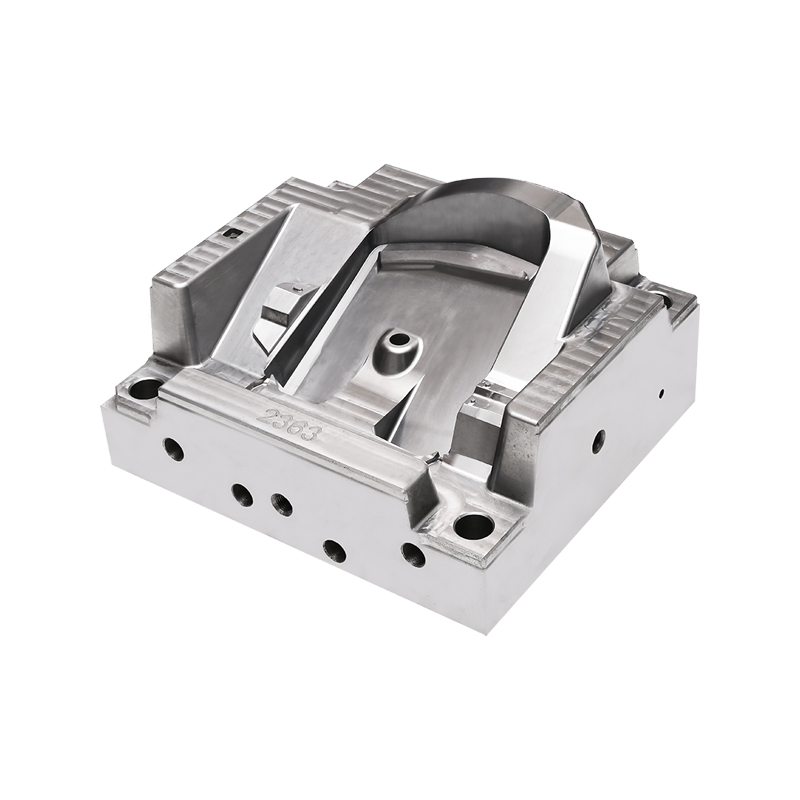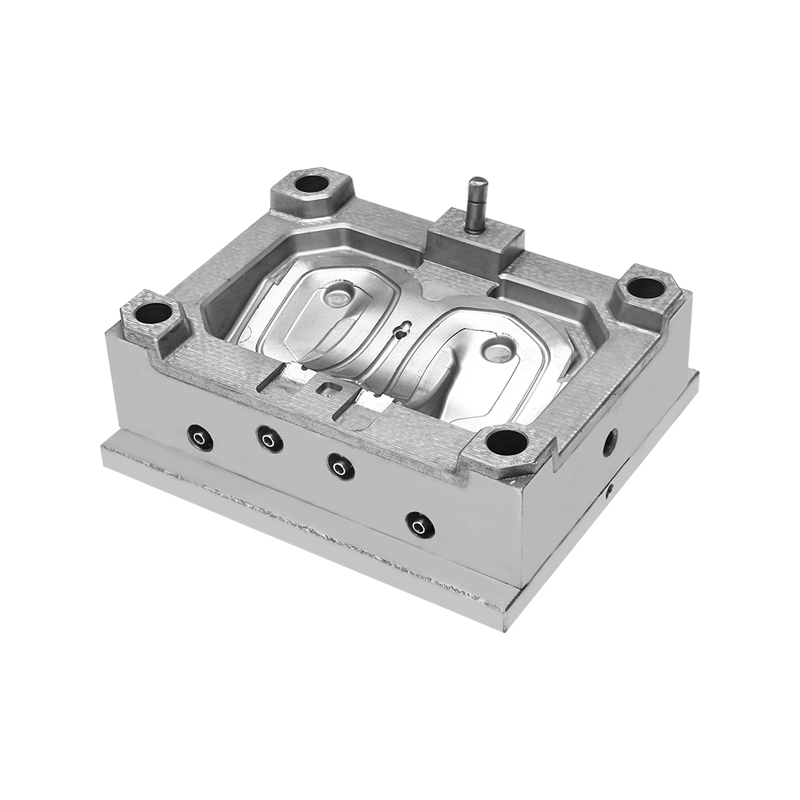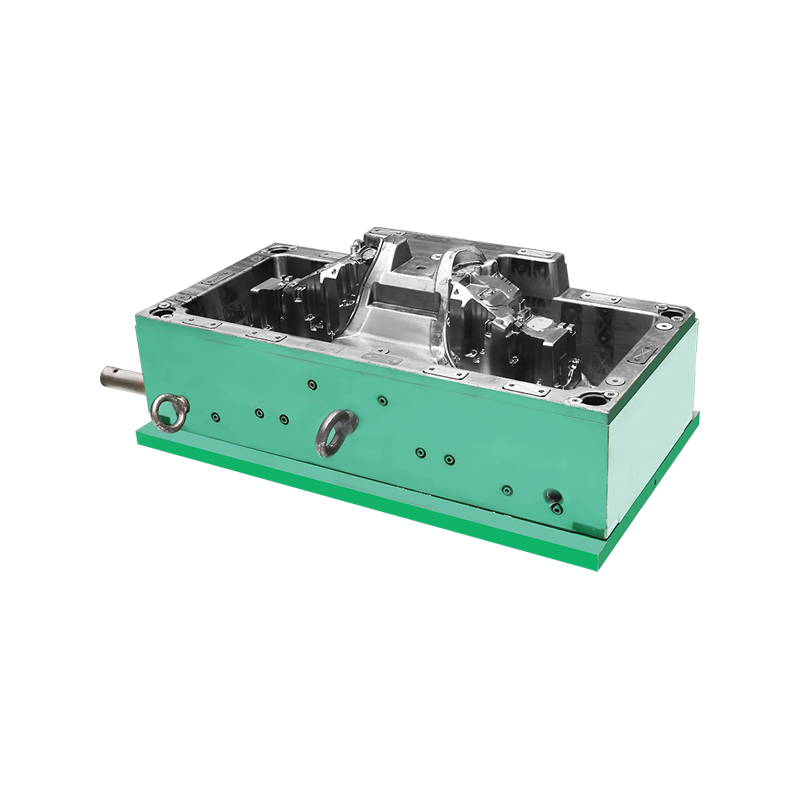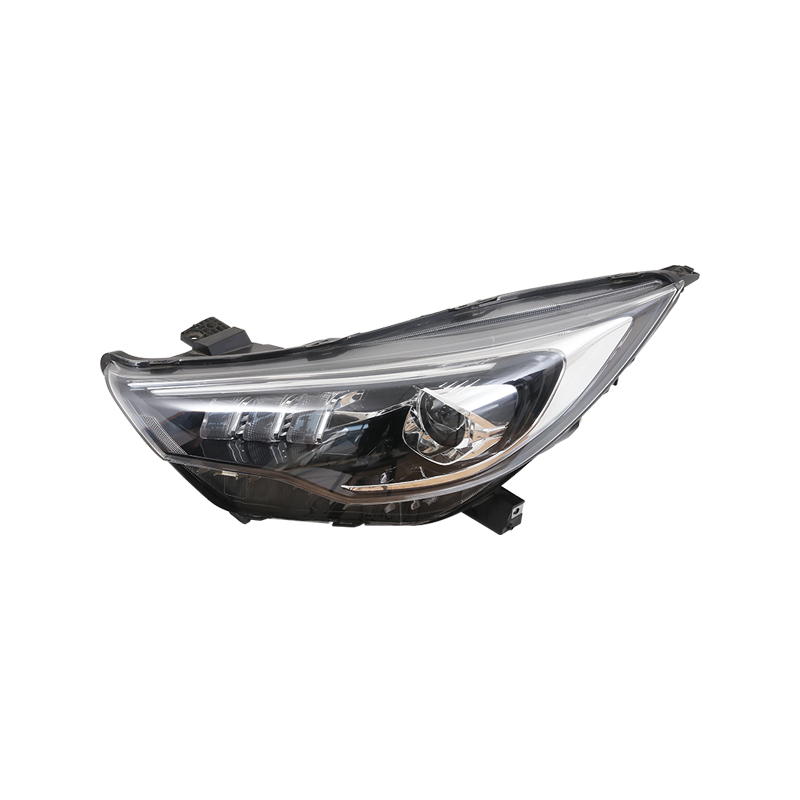Wholesale Auto door rubber Lamp Mould Manufacturer
The automotive industry has always been at the forefront of innovation, with continual advancements aimed at improving safety, efficiency, and aesthetics. One area where innovation is particularly evident is in automotive lighting, a critical component that not only enhances the functionality of vehicles but also contributes to their overall design and safety features. Central to the evolution of automotive lighting is the development of the auto lamp mould, a key tool in the manufacturing of vehicle lighting systems. As automotive lighting technology continues to evolve, innovations in auto lamp moulds are playing an increasingly important role in improving lighting performance while reducing costs and enhancing design flexibility.
The Importance of Auto Lamp Moulds in Automotive Lighting
An auto lamp mould is a specialized tool used in the production of automotive lights, including headlights, taillights, and turn signals. These moulds are responsible for shaping the components of the lamps, such as lenses, reflectors, and housings, and ensuring that they meet the exact specifications required for each vehicle model. The precision, durability, and efficiency of auto lamp moulds are crucial for ensuring that automotive lighting systems perform optimally, both in terms of functionality and aesthetic appeal.
The automotive lighting industry has seen a significant shift in recent years, with a growing emphasis on the development of more energy-efficient, durable, and aesthetically pleasing lighting solutions. As a result, the role of auto lamp moulds has become even more critical in meeting the demands of modern automotive design and engineering.
Innovations Driving Performance in Auto Lamp Moulds
Innovations in auto lamp moulds have been driven by several key factors, including advancements in materials, manufacturing techniques, and design trends. These innovations are helping to enhance the lighting performance of vehicles, making them safer, more energy-efficient, and more visually appealing. Some of the more significant innovations in auto lamp moulds include:
One of the primary factors driving innovation in auto lamp moulds is the development of new materials. Traditionally, auto lamp moulds were made from metal, such as steel or aluminum, which provided the necessary strength and durability. However, as automotive lighting systems have become more complex, manufacturers have turned to advanced materials to improve performance.
For example, high-performance thermoplastics, such as polycarbonate (PC) and polymethyl methacrylate (PMMA), are now commonly used in auto lamp moulds. These materials offer nice optical clarity, impact resistance, and heat resistance, making them ideal for producing the lenses and reflectors used in automotive lights. The use of these advanced materials in auto lamp moulds enables manufacturers to produce lighting components that are not only durable but also lightweight and aesthetically appealing.
In the past, producing automotive lighting components required more traditional moulding techniques, which often resulted in longer production cycles and higher costs. Today, however, innovations in precision moulding have significantly reduced production times and improved the quality of auto lamp moulds. Modern technologies such as injection moulding, compression moulding, and 3D printing have revolutionized the manufacturing process.
Injection moulding, in particular, has become a key technique in the production of auto lamp moulds, allowing for the creation of highly detailed and intricate designs. This process involves injecting molten material into a mould under high pressure, ensuring that the final product is both accurate and durable. The ability to create complex geometries with high precision has enabled manufacturers to produce lighting components with improved performance, such as better light distribution and enhanced durability.
Additionally, the use of 3D printing in the development of auto lamp moulds allows for rapid prototyping and design iteration. This technology enables designers to quickly test and refine new lighting concepts before moving to full-scale production, reducing the time and cost associated with the design process.
Another major innovation in the automotive lighting industry is the shift toward energy-efficient lighting solutions, particularly the use of Light Emitting Diodes (LEDs) and Organic Light Emitting Diodes (OLEDs) in vehicle lamps. LEDs and OLEDs offer several advantages over traditional incandescent bulbs, including lower energy consumption, longer lifespan, and the ability to produce more precise and dynamic lighting effects.
The integration of LEDs and OLEDs into automotive lighting systems has posed new challenges for auto lamp moulds. Unlike traditional bulbs, LEDs and OLEDs require more sophisticated designs to optimize light output and ensure proper heat dissipation. Innovations in auto lamp moulds have enabled manufacturers to address these challenges, allowing for the precise placement of LED and OLED elements within the lamp housing.
For example, auto lamp moulds designed for LED-based systems often feature advanced cooling channels to dissipate heat effectively and prevent thermal damage to the components. In addition, the design of the auto lamp mould must account for the specific optical characteristics of LEDs and OLEDs to achieve the desired light distribution and intensity.

As consumer demand for unique and personalized vehicles continues to rise, automakers are increasingly seeking custom-designed lighting solutions that reflect a vehicle's brand identity and aesthetic appeal. This demand for customized lighting has led to innovations in auto lamp moulds that allow for greater design flexibility.
Modern auto lamp moulds are designed to accommodate a wide range of shapes, sizes, and finishes, enabling manufacturers to create custom lighting elements for different vehicle models. The use of advanced materials and precision moulding techniques allows for the production of complex, intricate designs that were previously difficult or impossible to achieve. Whether it's a unique light signature for a luxury vehicle or a distinctive taillight design for an electric car, auto lamp moulds are helping to bring creative concepts to life.
Additionally, the development of transparent and colored lens options has provided automakers with more design choices, allowing them to create lighting systems that stand out on the road.
The Impact of Innovations in Auto Lamp Moulds on Lighting Performance
The innovations in auto lamp moulds are having a profound impact on the performance of automotive lighting systems. These advancements are contributing to improved safety, energy efficiency, and visual appeal.
One of the primary objectives of automotive lighting is to improve visibility and safety on the road. The use of advanced auto lamp moulds has enabled the development of more powerful and focused light sources, such as LED headlights, which offer better illumination of the road ahead. Additionally, the precision of auto lamp moulds ensures that light is distributed evenly, reducing glare and providing a clearer view for drivers.
With growing concerns about fuel efficiency and sustainability, the automotive industry is placing increasing importance on energy-efficient lighting solutions. Auto lamp moulds designed for LED and OLED systems enable vehicles to use less power while maintaining better lighting performance. This reduction in energy consumption contributes to overall fuel savings and a reduced environmental footprint.
In addition to functional benefits, innovations in auto lamp moulds have also contributed to the aesthetic appeal of vehicles. Automotive lighting has become an important design element, with manufacturers using lighting to create unique brand identities and enhance the overall look of their vehicles. Customizable auto lamp moulds allow designers to create innovative lighting effects, such as dynamic turn signals, animated lighting patterns, and color-changing headlights.
As automotive lighting technology continues to advance, innovations in auto lamp moulds are playing a crucial role in enhancing lighting performance. The development of new materials, precision moulding techniques, and the integration of energy-efficient lighting solutions like LEDs and OLEDs is driving the evolution of automotive lighting. These innovations not only improve the safety, energy efficiency, and aesthetics of vehicles but also reduce production costs and offer greater design flexibility. As the automotive industry moves toward smarter, more sustainable vehicles, the role of auto lamp moulds in shaping the future of automotive lighting will only continue to grow.

 English
English 中文简体
中文简体 русский
русский Español
Español








